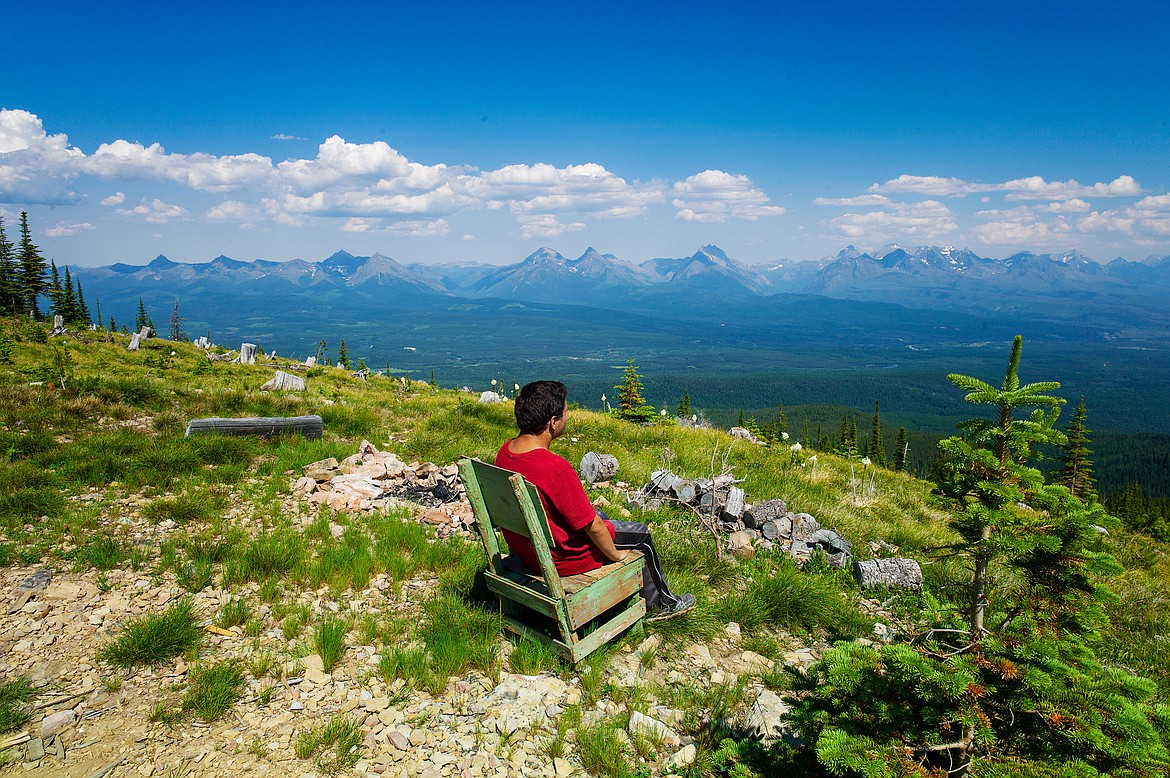Assessment released for big North Fork fuels project
The Flathead National Forest Hungry Horse-Glacier View District on Monday released an environmental assessment for a large-scale North Fork fuels reduction, timber and restoration project called Frozen Moose.
The project area encompasses approximately 151,200 acres, according to the 183-page assessment that is available for review online...
Support Local News
You have read all of your free articles this month. Select a plan below to start your subscription today.
Already a subscriber? Login
Daily Inter Lake - everything
Print delivery, e-edition and unlimited website access
- $26.24 per month
Daily Inter Lake - unlimited website access
- $9.95 per month

